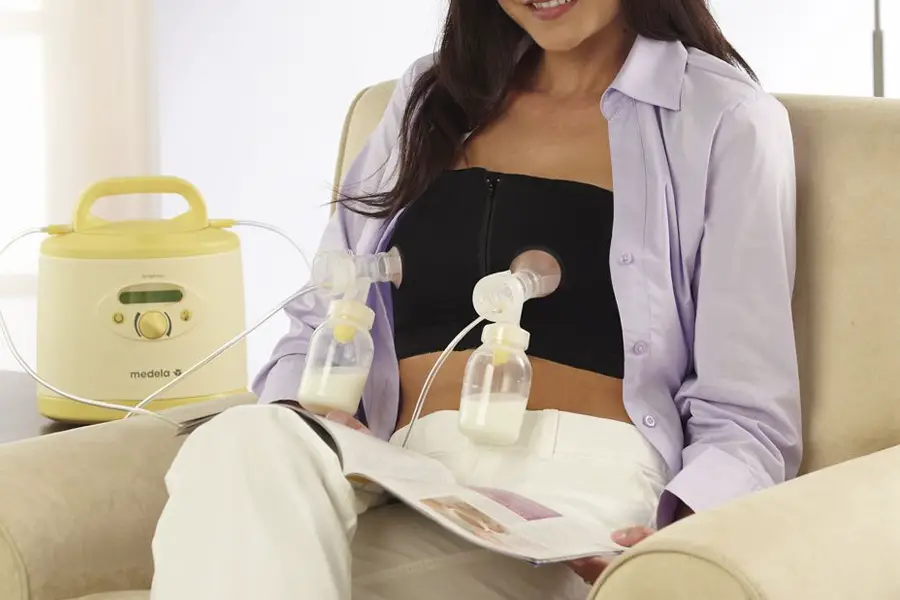
The use of nipple shield breastfeeding is an option for new moms to help with nursing success when latching or breastfeeding difficulties occur. When used properly, the nipple shield can help reduce nipple pain and provide infants with sufficient milk to maintain weight gain and thrive (1). However, if nipple shields are not used properly, the nipples can become sore and irritated. (2)
Inappropriate nipple shield use may also cause the infant to have low feed rates and/or an insufficient milk supply (1). In the past, many women who did not have a good breastfeeding latch and struggled with breastfeeding experienced an early weaning due to the difficulty of nursing their infants (3). This can have a negative impact on the mother’s confidence in her ability to successfully breastfeed and also has long term consequences for the health of both the mother and infant (4).
A nipple shield is a plastic or rubber cup that sits between the baby and the mother during breastfeeding (5). There are several types of nipple shields available and they are generally made of either a hard plastic or a soft silicone (6). Some nipple shields are designed with a hole in them that the mother can place her finger through to feel when the baby is sucking. Some nipple shields also have a handle on them for the mother to hold for support (7).
When to Use a Nipple Shield
A new mother can use a nipple shield if she is having difficulty nursing her baby due to an injury, illness or complication. Typically, the nipple shield is only used during feedings and not during diaper changes or other activities.
Some hospitals and nursing homes have nipple shields for mothers to borrow while they are in the hospital. However, if a mother is discharged from the hospital without a nipple shield and struggles to nurse her baby at home, she should seek help with the lactation team to get assistance. A lactation consultant or breastfeeding trained midwife can help with the proper use of a nipple shield and can provide her with a list of resources for breastfeeding assistance (8).
Using a nipple shield requires skill and practice to make sure that the baby is attached deeply, is suckling, and is swallowing. The nipple should not be sore or irritated at the end of a feed and there should be adequate milk in the shield crown (9). The mother should also monitor her baby’s wet and dirty diapers and weigh her daily (10).
If a breastfeeding mother feels that she is not able to nurse her child without a nipple shield, it is important for her to be given early follow-up care by a lactation professional and a pediatrician in order to ensure that her child is gaining enough weight. A nipple shield should be used as a temporary solution and once the baby is able to latch and nurse well without it, the shield should be removed. It is important that a nipple shield not be cut to try and wean a baby from it, as this can leave sharp edges which can harm the nipples.